An article by Lewis Bush called ‘ Eight ‘rules’ of photography that are worth breaking ‘ explains how breaking the rules of photography can be extremely beneficial. Within the article he talks about how breaking the rules can be a new way of seeing the world and how real stories of our time aren’t always plain to see. He follows on from this to say that the most interesting concepts are not clearly visible and to gather what we really want to see, photographers have to break the rules and push the boundaries.
Bush talks about a photographer called William Eugene Smith who is an American photojournalist, very dedicated to his projects. In 1955, the 36-year-old photographer traveled to Pittsburgh on what was meant to be a three-week assignment, but which became a year-long ‘amphetamine-fuelled photographic binge’. He came away with 17,000 images and then later relocated to Japan, documenting the consequences of devastating industrial pollution. In the process he faced extreme violence from the people he exposed and became very involved with some of the people he was photographing. He was, in the words of one writer, “the man who tried to document everything”. Despite breaking nearly every photographic rule, Smith was one a very successful photographer and gained a well deserved place in photographic history. Some of these rules broken includes, posing his subjects, manipulating his prints, and often becoming dangerously over-involved in his stories. When asked by one interviewer why he so persistently ignored many of the fundamental factors and rules of documentary photography, he said “I didn’t write the rules – why should I follow them?”
During his successful photographic career, Smith broke nearly every rule there was in photography. Some of these included, posing his subjects, manipulating his prints and becoming dangerously involved in his stories. When people questioned him to why he broke the rules he said, “I didn’t write them- why should I follow them?” Smith proved that successful photographers can break the rules. Bush writes that many rules restrict the medium, “serve vested interests and prevent photographers from revealing the critical issues that are shaping our modern world.” Here are some images by Smith.


There are the eight rules that Bush talks about. The rule of Objectivity, the rule of Audience, The rule of Manipulation, The rule of Reality, The rule of Technicality, The rule of ownership, The rule of the camera and the Rule of rule breaking. The rule that I will be exploring the rule of manipulation.
This rule is about the way that photographers are forbidden from using digital editing to manipulate the meaning of their images. The purpose of this rule is to provide truthful stories that can be trusted. Steve McCurry, a long-revered photojournalist, was revealed in 2016 to have been exhibiting and selling prints which had been heavily manipulated to remove elements. Responding to the uproar, McCurry quickly claimed that he was in fact “not a photojournalist”. Bush suggests that almost every stage of the photographic process is a manipulation, and is open to no less shocking misrepresentations. A documentary filmmaker Errol Morris states that you don’t need to manipulate an image to mislead an audience; you simply need to change the caption. He also says that in the right context, manipulation can reveal truth. A Dutch photographer Alice Wielinga traveled to North Korea however found it significantlly difficult to capture the truth. She said “I felt that, with mere documenting, I wasn’t able to tell the story as I was experiencing it”. Her response was to digitally merge her photographs of official North Korea propaganda with her own images of workers and decaying factories.
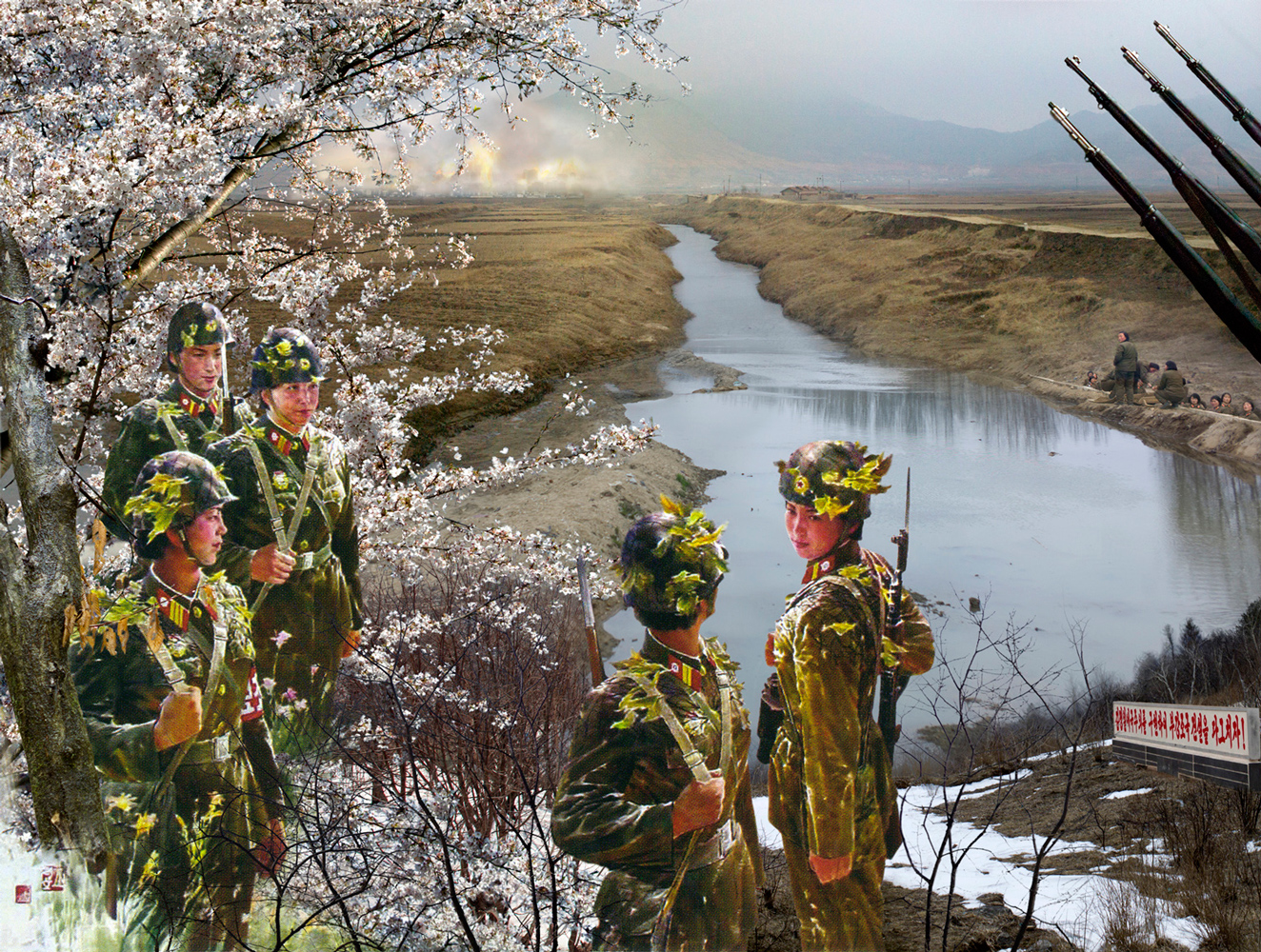

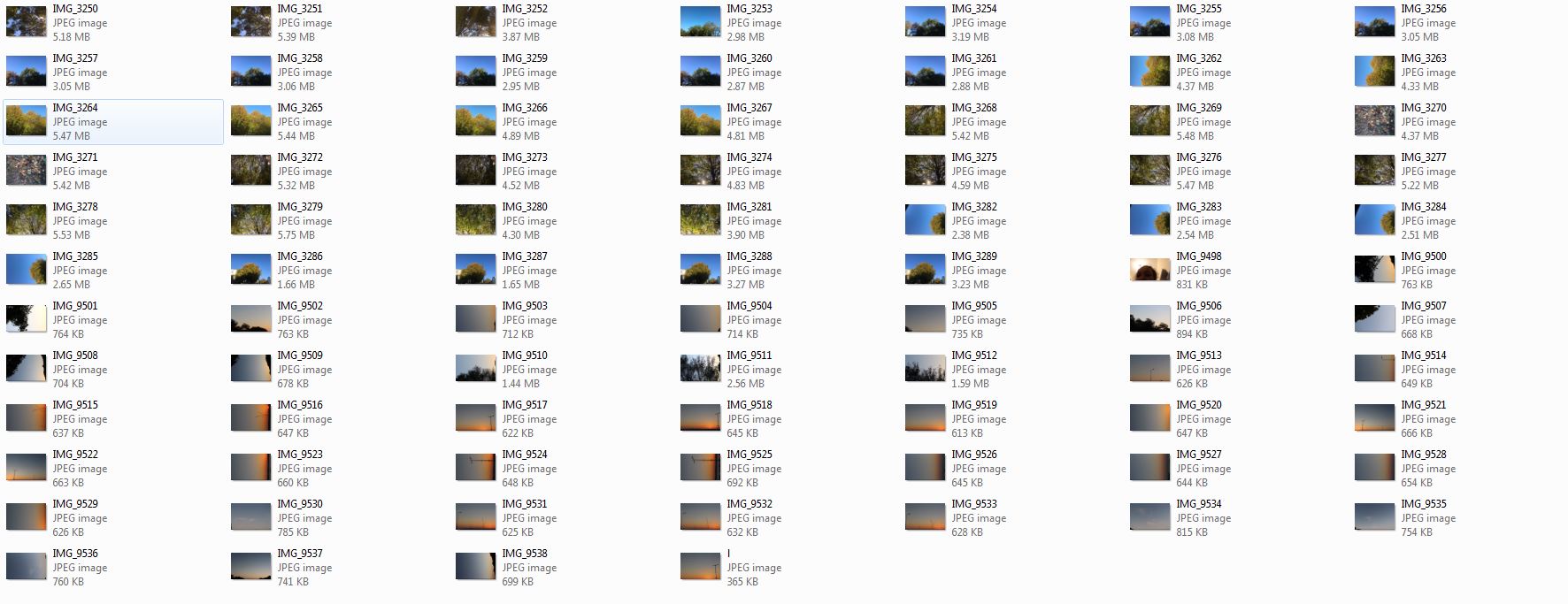







 The image above shows a clear example of how she merged her images alongside the propaganda to show a strong contrast between how North Korea is portrayed through propaganda and the media compared to the reality of it. I believe that this manipulation helps to exaggerate the situation and give the viewer a sense of how bad the conditions actually are. This use of manipulation proves that the breaking of the rule can help to tell the truth and bring a realization to political issues in the world. In spite of the enormous angst in the photographic community over the problem of photo manipulation, Wielinga’s work is a powerful example of the fact that image manipulation is not always detrimental to the truth. Her composites are a reminder that transparency is more important than method, and in some circumstances a manipulated image can lead to more insights than an untouched one.
The image above shows a clear example of how she merged her images alongside the propaganda to show a strong contrast between how North Korea is portrayed through propaganda and the media compared to the reality of it. I believe that this manipulation helps to exaggerate the situation and give the viewer a sense of how bad the conditions actually are. This use of manipulation proves that the breaking of the rule can help to tell the truth and bring a realization to political issues in the world. In spite of the enormous angst in the photographic community over the problem of photo manipulation, Wielinga’s work is a powerful example of the fact that image manipulation is not always detrimental to the truth. Her composites are a reminder that transparency is more important than method, and in some circumstances a manipulated image can lead to more insights than an untouched one.







 With North Korea, a Life Between Propaganda and Reality, she won the Photo Folio Review at the Rencontres d’Arles 2014 and the first prize at the Fine Art section of the Moscow International Foto Award in 2015.Her personal projects have taken her from China to Cuba and recently to Pakistan.
With North Korea, a Life Between Propaganda and Reality, she won the Photo Folio Review at the Rencontres d’Arles 2014 and the first prize at the Fine Art section of the Moscow International Foto Award in 2015.Her personal projects have taken her from China to Cuba and recently to Pakistan.





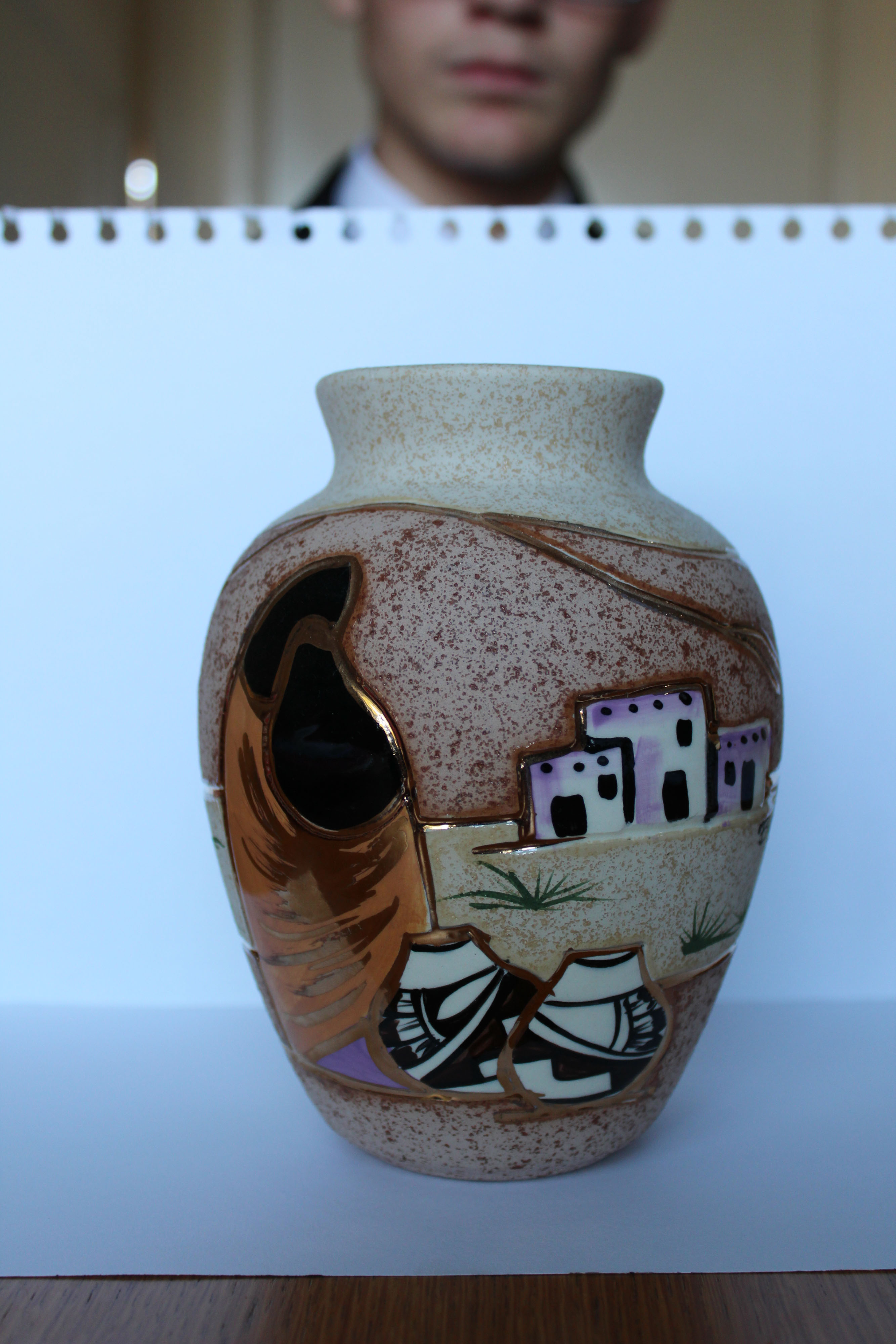
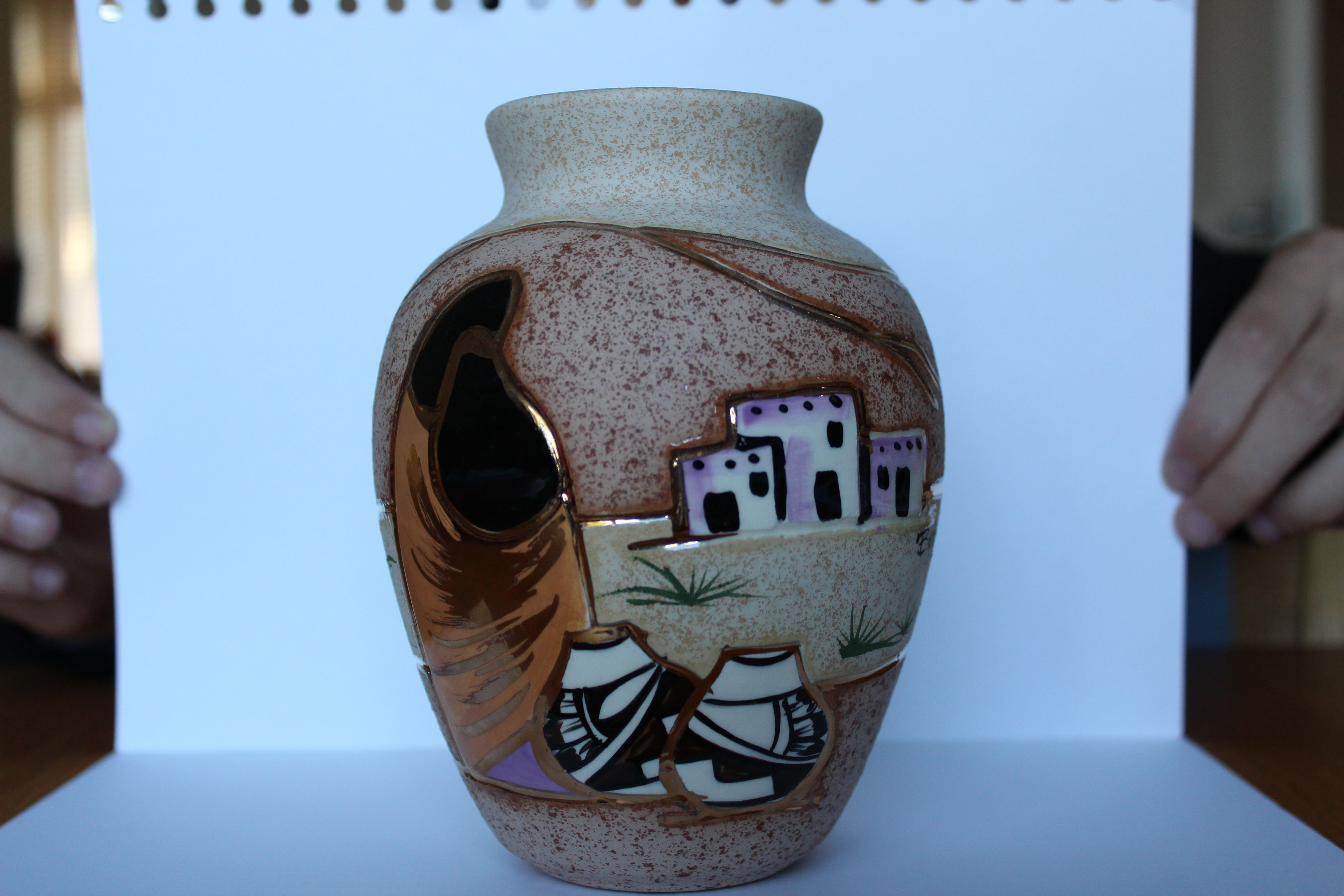
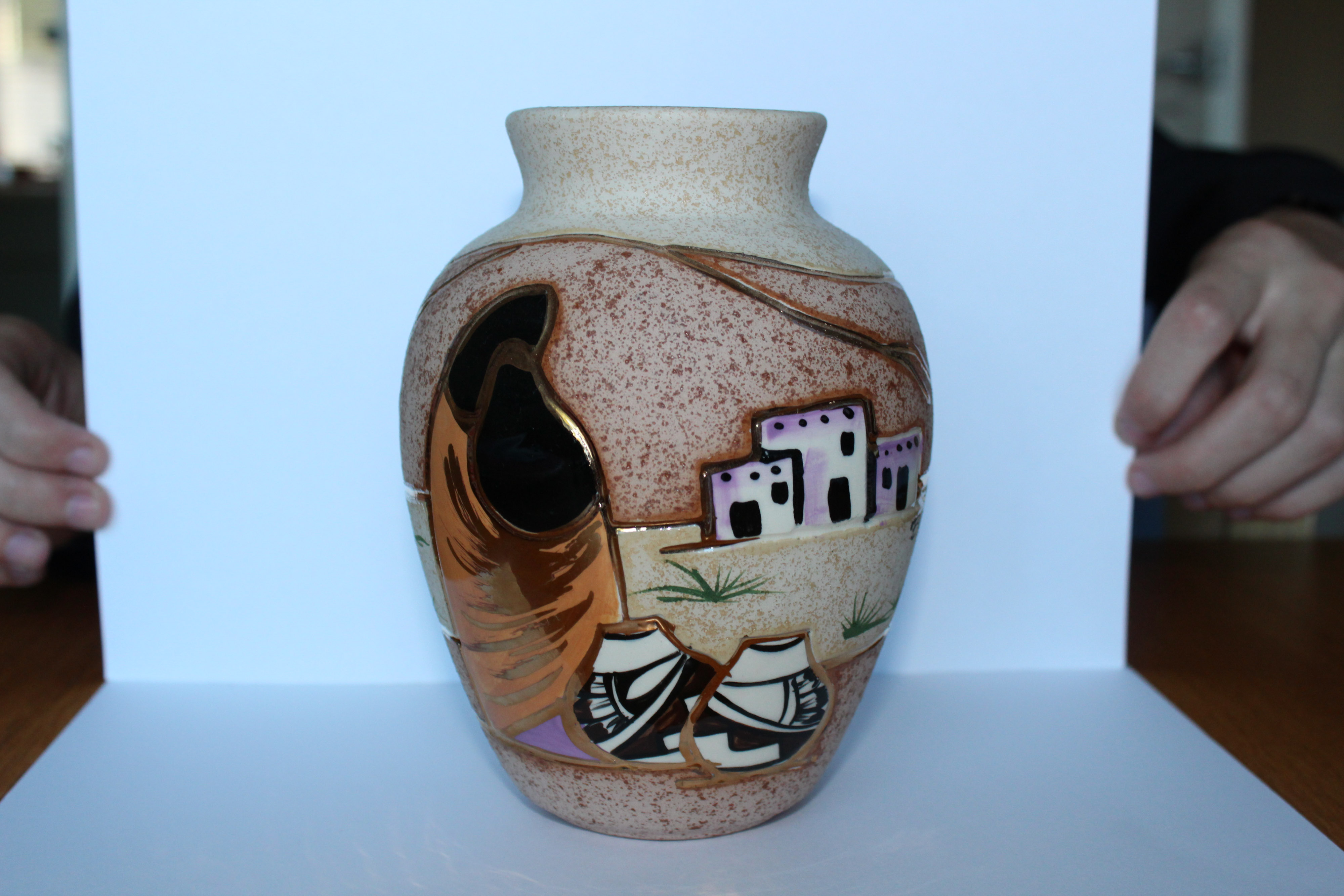
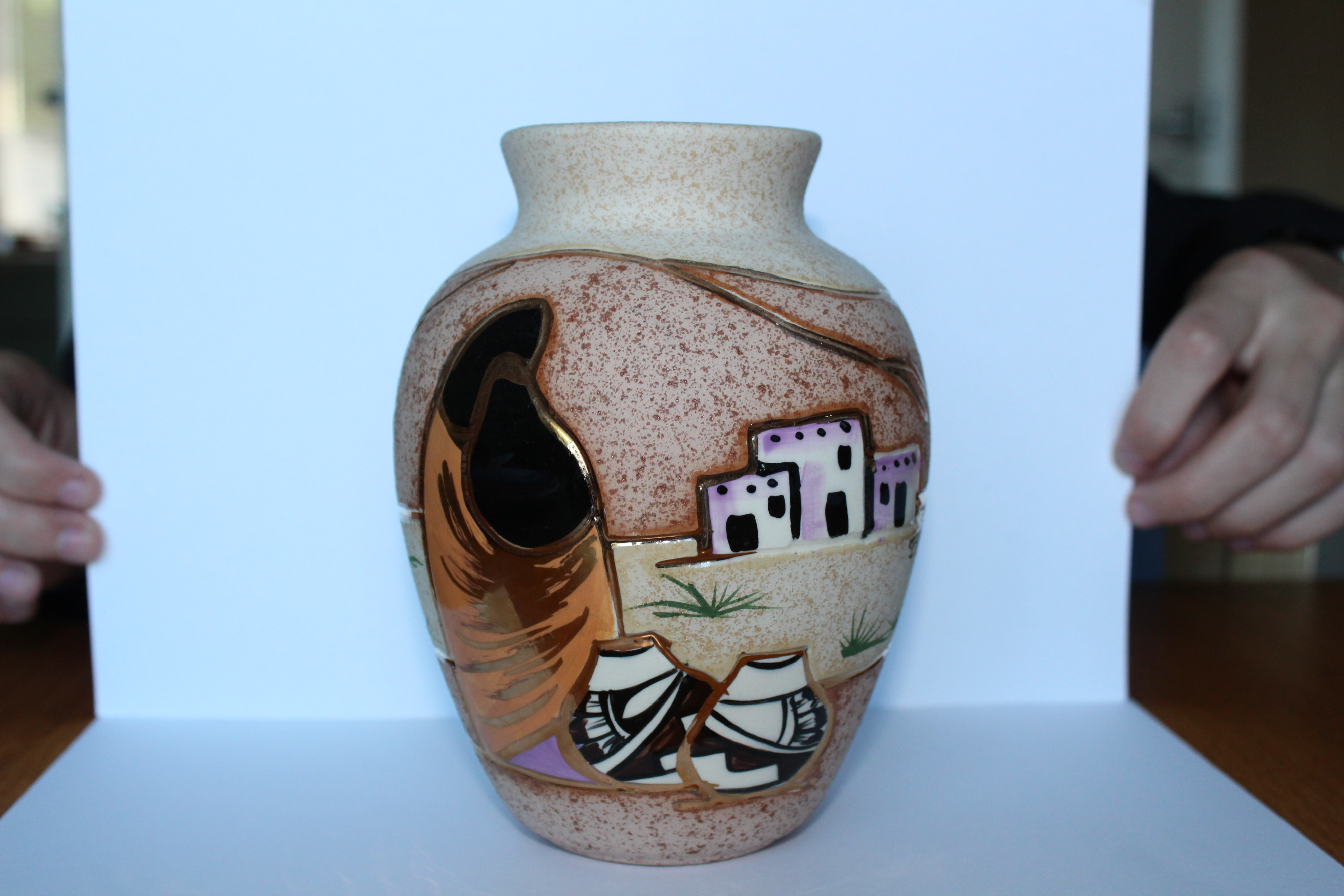
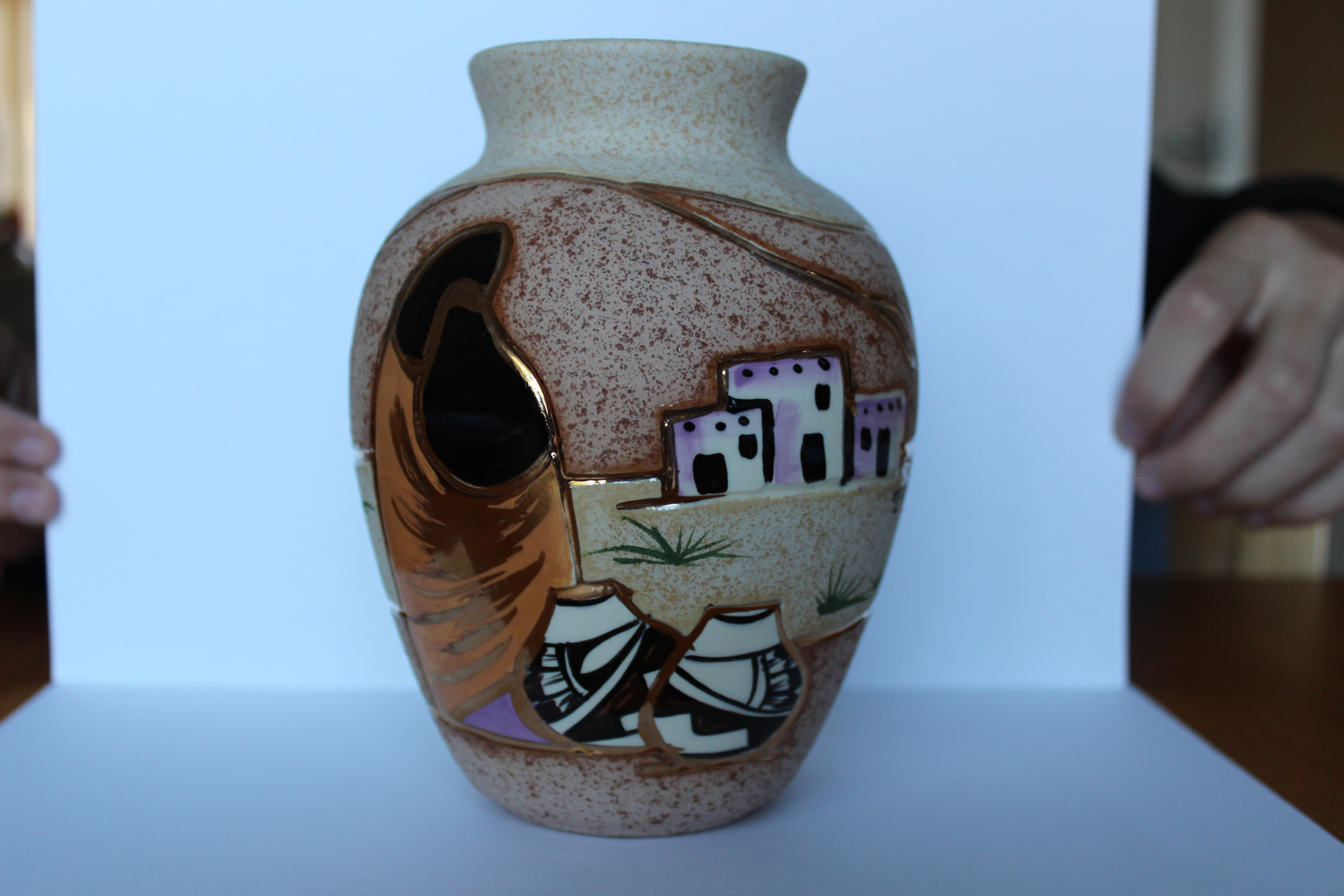
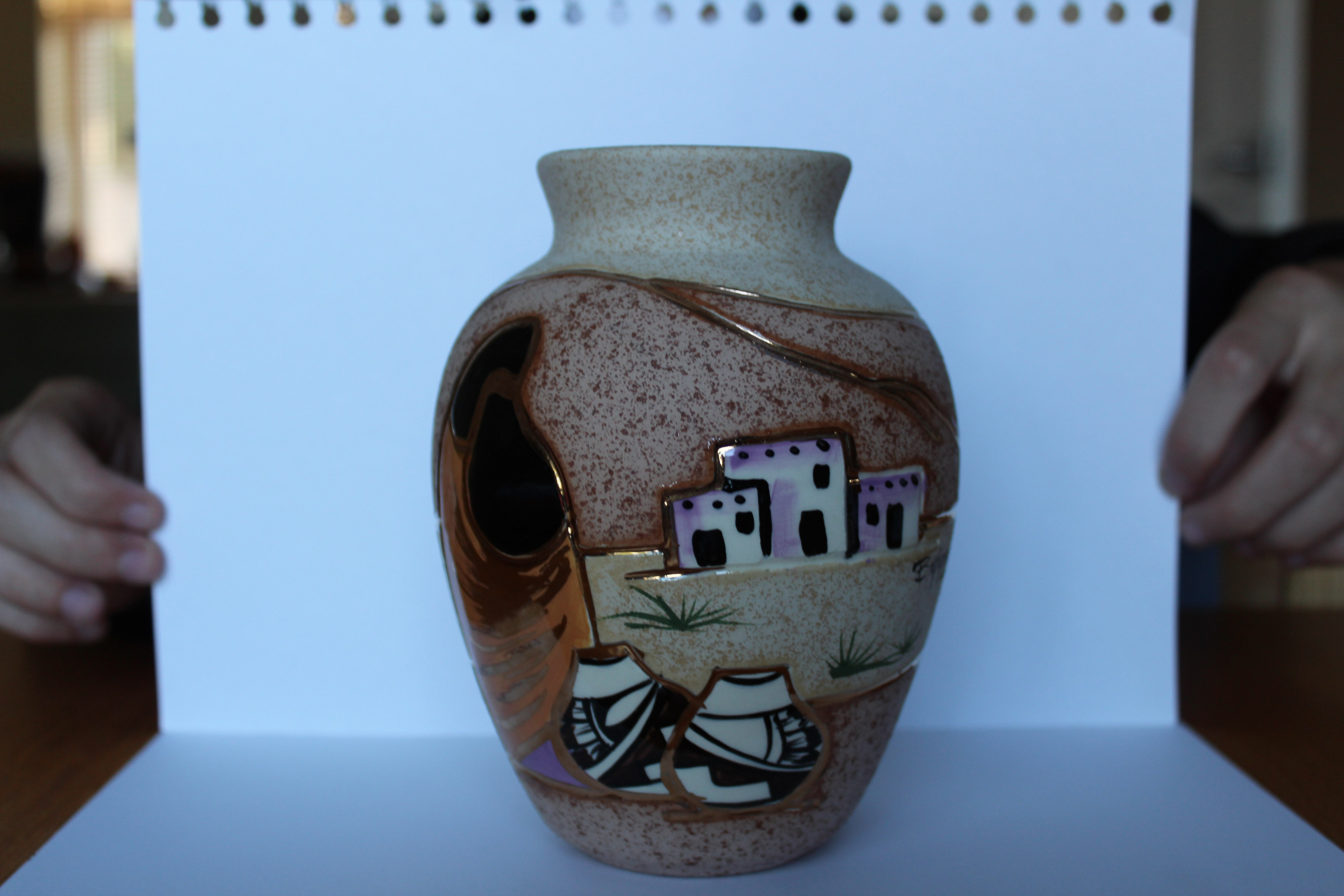





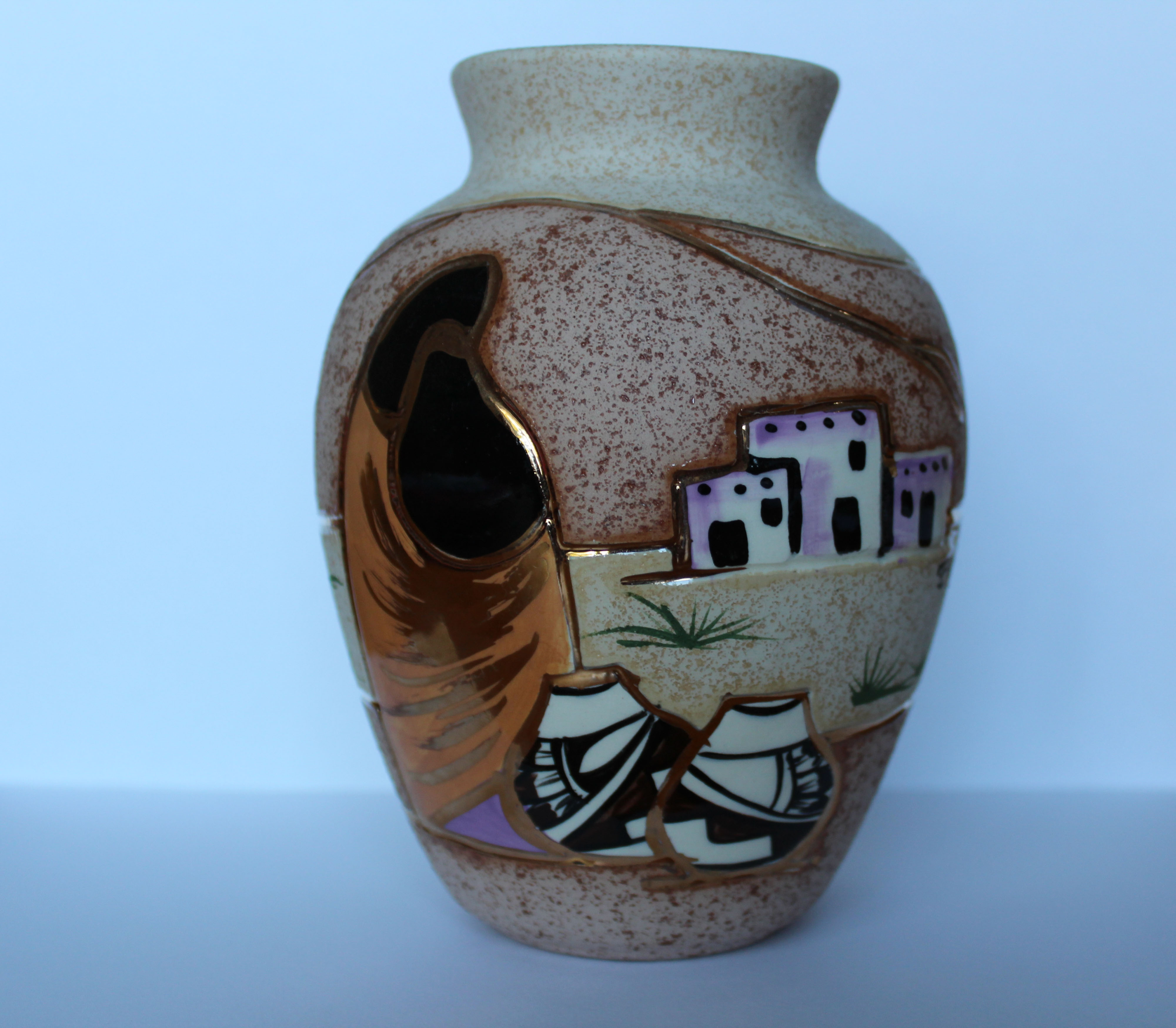




/arc-anglerfish-arc2-prod-jerseyeveningpost-mna.s3.amazonaws.com/public/QNLXGLIYO5CNXIWEML32Y667HE.jpg)


